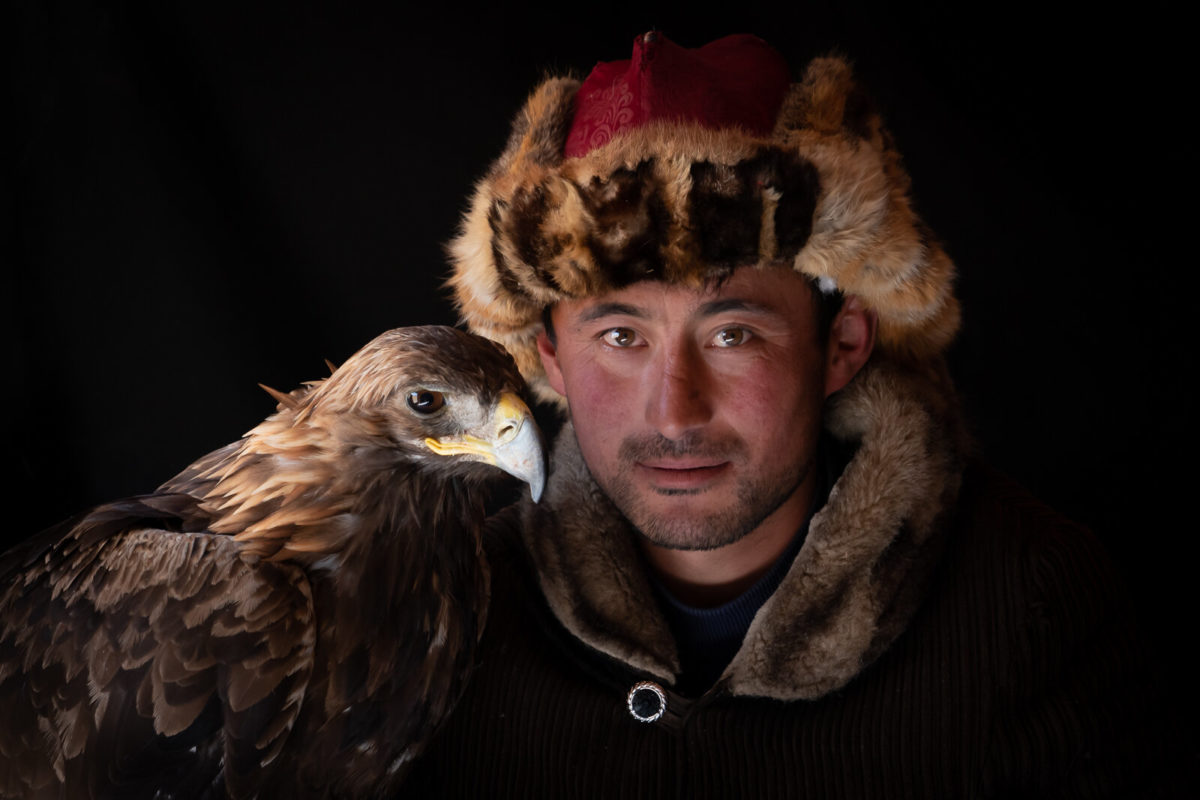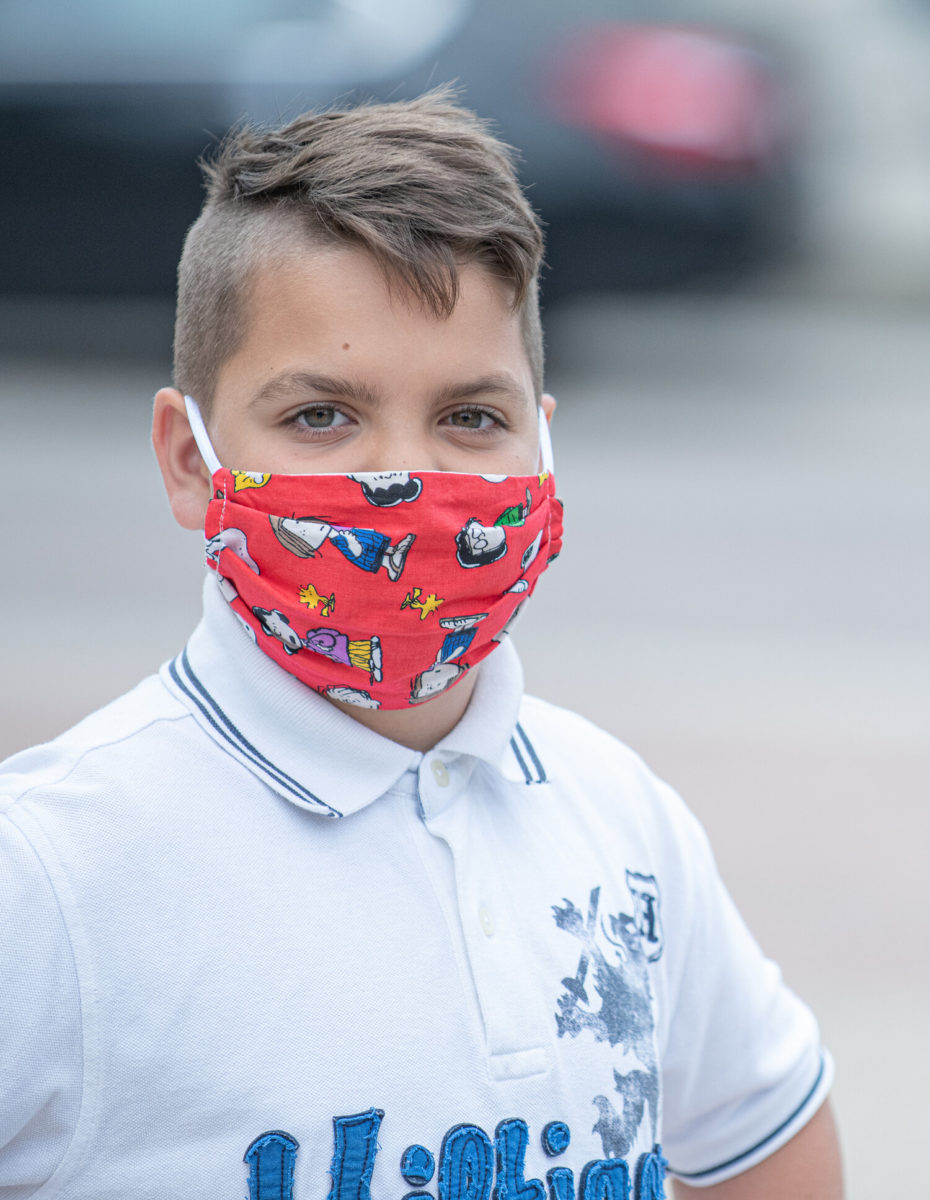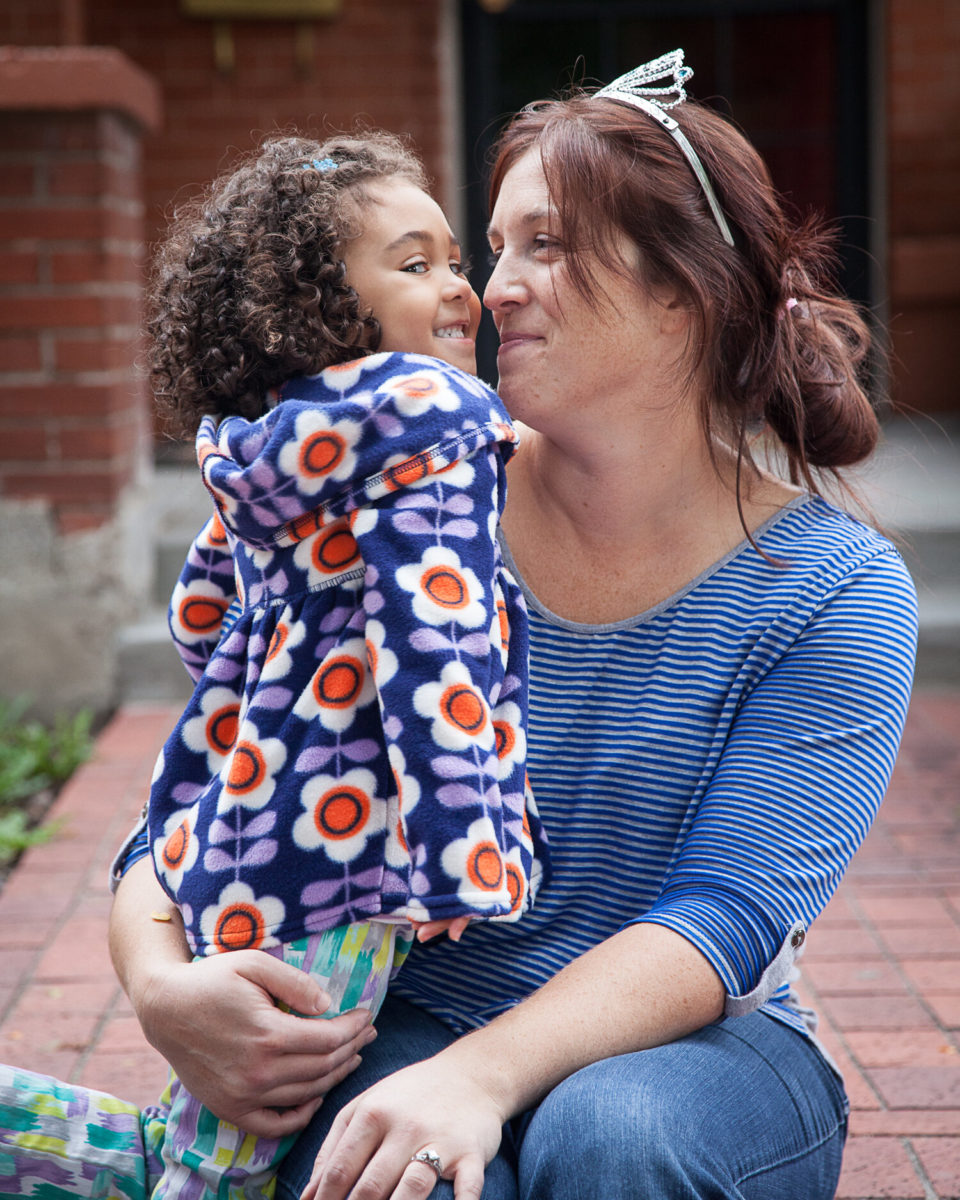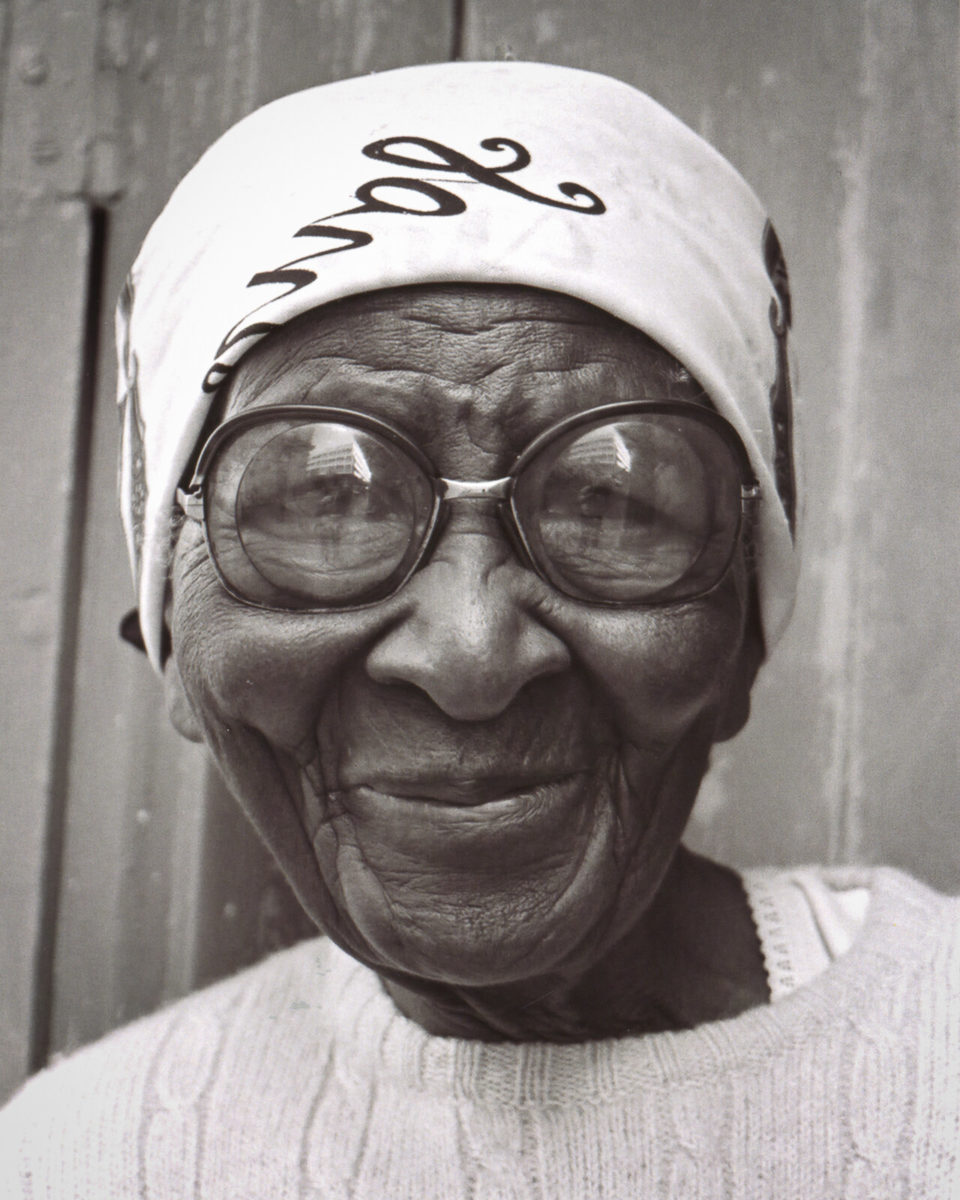
Portrait photography is one of the most accessible genres of photography—subjects are everywhere!—and yet many photographers still struggle to capture pleasing portraits. Making a portrait is an intimate experience in many ways, and creating a connection with your subject that encourages their personality to come through can be especially challenging. Like anything, though, practice helps, and we are here with some tips to guide you along the way.

Choose your lighting. Lighting is one of the most important elements of portrait photography. Overhead lighting creates harsh shadows underneath the eyes and nose, so look for diffuse natural light outdoors, or soft sidelight from a window. Remember not to position your subject so they are squinting into the light. If you are comfortable with flash and/or reflectors, you can use these to fill shadows.

Choose your background. A simple clean background is easiest for portraits, and a narrower depth of field can help create a pleasingly blurred backdrop. Don’t be afraid to show elements of your subject’s environment, though, or even add props to help tell a story about their identity.

Choose your lens. A medium focal length—say, 85mm or so—minimizes distortion and helps create the most flattering portraits. Longer zoom lenses can also work well for creating tight portraits without getting too close to your subject and making them uncomfortable (also helpful for maintaining six feet of COVID-safe distance!).
Know your camera. Having a good feel for your camera’s functions will avoid having to search for a button while your subject waits. Shooting in aperture mode is often best for portraiture, as it will allow you to carefully control the depth of field. Remember to focus on your subject’s eyes, and consider taking short bursts of images to ensure you capture fleeting expressions.

Get comfortable. One of the best ways to get started taking portraits is to work with a subject you know well. Allow plenty of time so the session doesn’t feel rushed, and let your subject have some input into the goals for the final image. Conversation with your subject will help them relax. If you are working with kids, make the session about play, take plenty of breaks, and know when to wrap things up!

Embrace the candid. Portraits don’t need to be formal, and sometimes the best portraits happen when the subject falls out of a pose and shows an unexpected expression or emotion.
Give it a try! Show us your creative, COVID-safe portraits that you’ve taken THIS ASSIGNMENT PERIOD and post them on our Muench University page. Commentary on your shot and others’ shots is encouraged, and our pros will be waiting with some helpful commentary as well.



